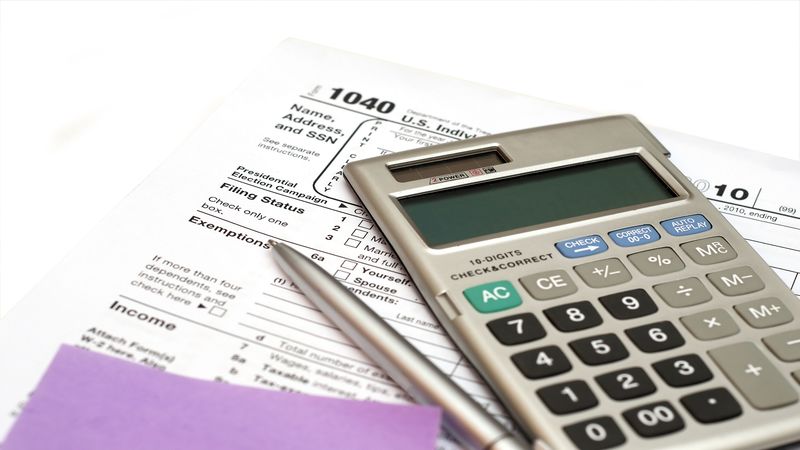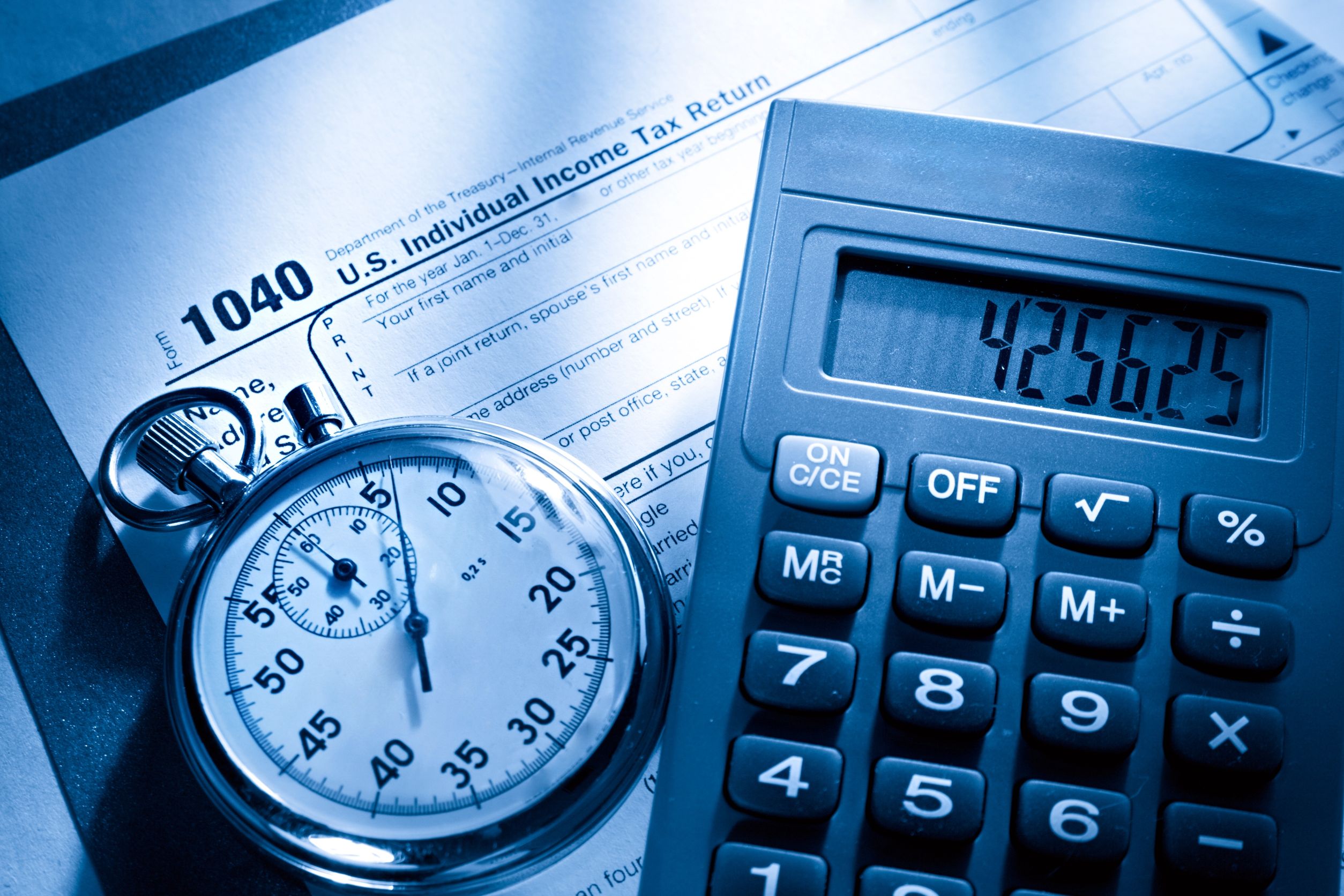The 45L Energy Efficient Builder Tax Credit is an essential benefit available to builders and contractors who construct energy-efficient homes. This credit provides financial incentives for making homes more energy-efficient, ultimately supporting sustainability and the reduction of environmental impact. This article delves into the details of the 45L Energy Efficient Builder Tax Credit, outlining its eligibility requirements and benefits for builders.
What is the 45L Energy Efficient Builder Tax Credit?
The 45L Energy Efficient Builder Tax Credit is a federal incentive aimed at encouraging homebuilders to build energy-efficient homes. The goal of the credit is to promote the construction of homes that use less energy, reducing energy consumption and lowering homeowners’ utility bills.
To qualify for the 45L Energy Efficient Builder Tax Credit, the home must meet or exceed certain energy efficiency standards, typically determined by energy performance ratings or assessments. The credit is typically available for both new homes and homes that have been significantly renovated to improve energy efficiency.
Key Benefits of the 45L Energy Efficient Builder Tax Credit
The 45L Energy Efficient Builder Tax Credit offers several benefits for builders who focus on constructing energy-efficient homes. These include:
- Financial Incentive: Builders can receive a valuable financial incentive for constructing or retrofitting homes to meet energy efficiency standards. This financial benefit helps offset some of the costs associated with building energy-efficient homes, making it an attractive option for builders looking to lower their tax liabilities.
- Energy Efficiency Encouragement: The 45L tax credit promotes the construction of homes that use less energy, which can have long-term benefits for both the environment and homeowners. Homes that are energy-efficient often have lower energy bills, which makes them more appealing to potential buyers.
- Environmental Impact: By incentivizing the construction of energy-efficient homes, the 45L credit helps reduce the overall carbon footprint of the housing industry. Lower energy consumption means fewer greenhouse gas emissions and a smaller environmental impact, supporting sustainability goals on a broader scale.
- Market Competitiveness: Builders who take advantage of the 45L tax credit can differentiate themselves in the marketplace by promoting their homes as energy-efficient. This can appeal to environmentally-conscious buyers who prioritize energy savings and sustainability when choosing a home.
Eligibility Requirements for the 45L Energy Efficient Builder Tax Credit
To qualify for the 45L Energy Efficient Builder Tax Credit, homes must meet specific energy performance criteria. These criteria typically involve energy assessments or testing to confirm that the home exceeds certain energy efficiency standards. The U.S. Department of Energy (DOE) provides guidelines for determining whether a home qualifies for the tax credit.
Builders can claim the credit for both new homes and homes that have undergone significant retrofitting to improve energy efficiency. To ensure eligibility, builders should work with qualified professionals who can conduct the necessary assessments and certifications to confirm that the home meets the required energy performance levels.
How to Claim the 45L Energy Efficient Builder Tax Credit
Claiming the 45L Energy Efficient Builder Tax Credit is a straightforward process for eligible builders. Builders must complete the necessary forms, typically included with their tax return, and submit the required documentation to demonstrate that the home meets the energy efficiency standards. Builders can also consult with tax professionals to ensure they comply with all the requirements and maximize their claims.
The 45L Energy Efficient Builder Tax Credit is an important incentive for builders committed to creating energy-efficient homes. It offers both financial benefits and environmental advantages, making it a valuable tool for builders who wish to enhance the sustainability of their projects. By understanding the eligibility requirements and benefits, builders can take full advantage of this tax credit and contribute to a greener future.



